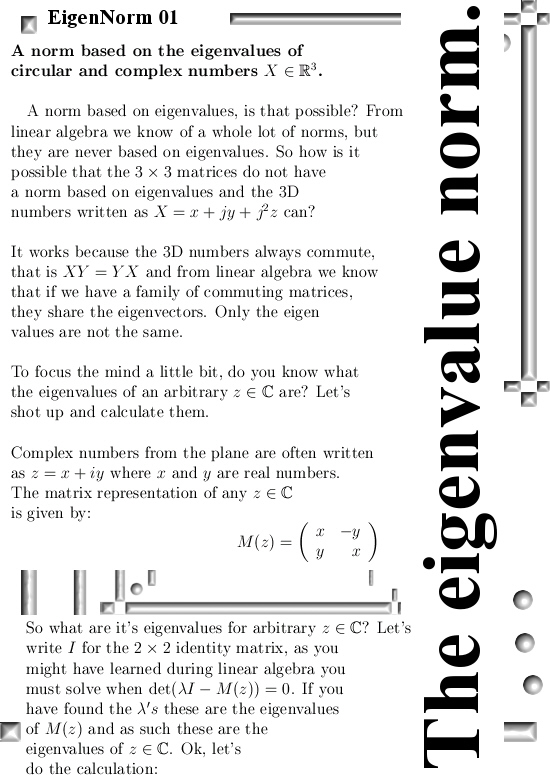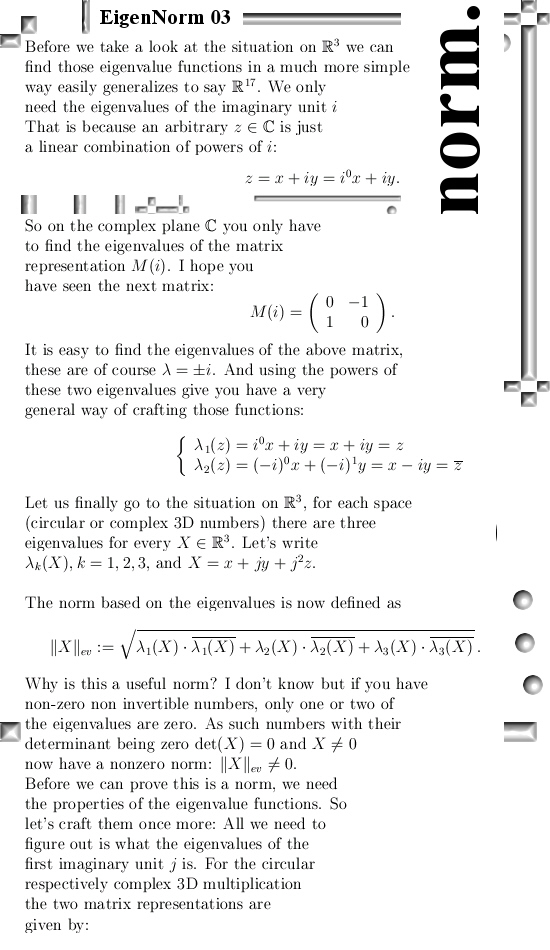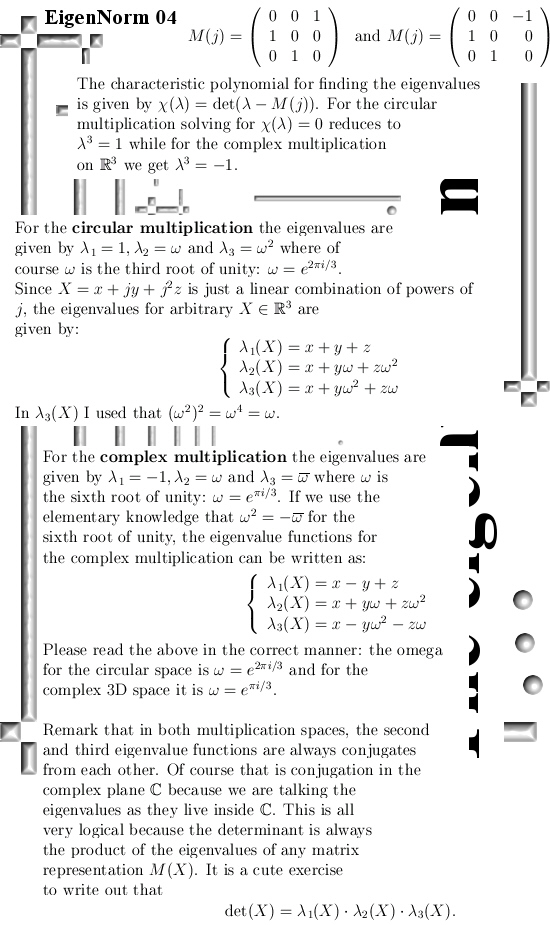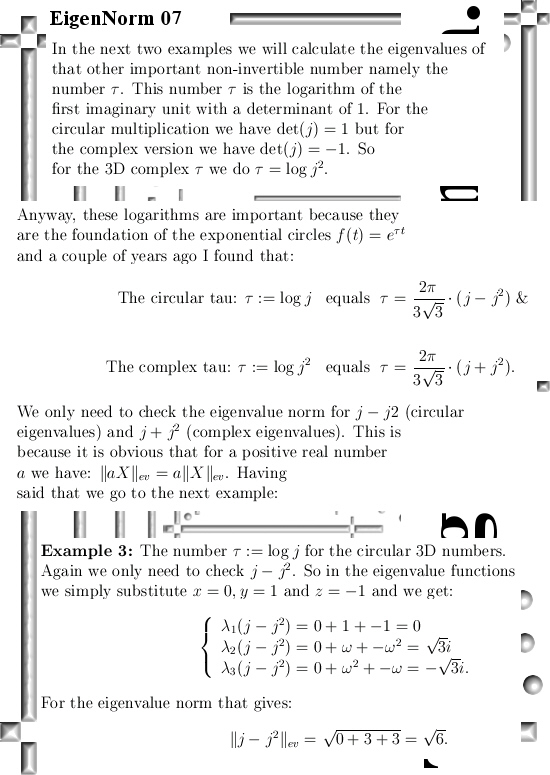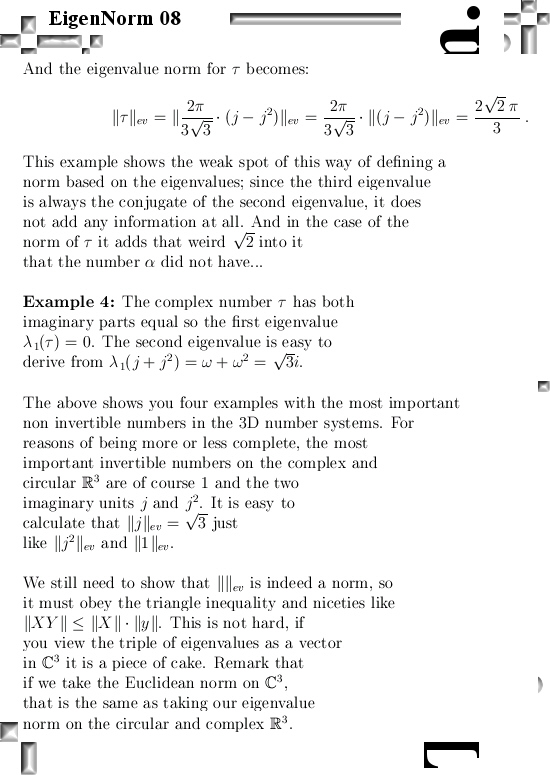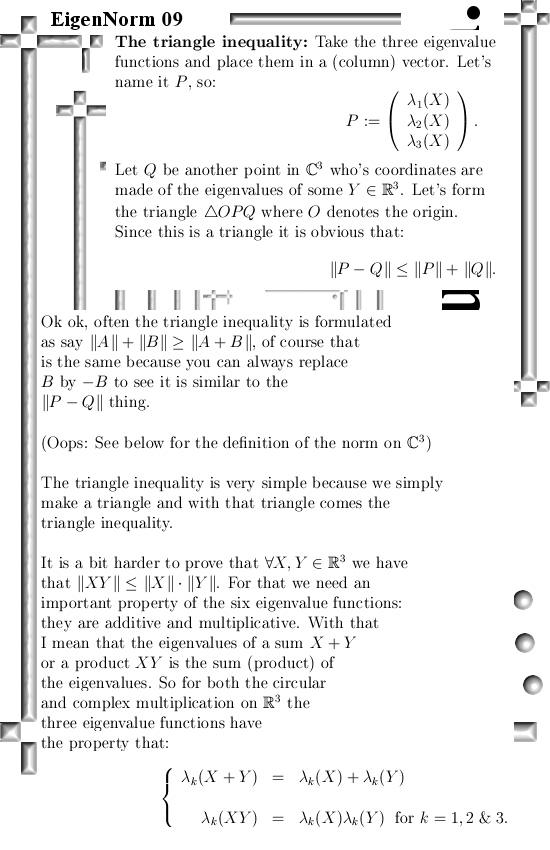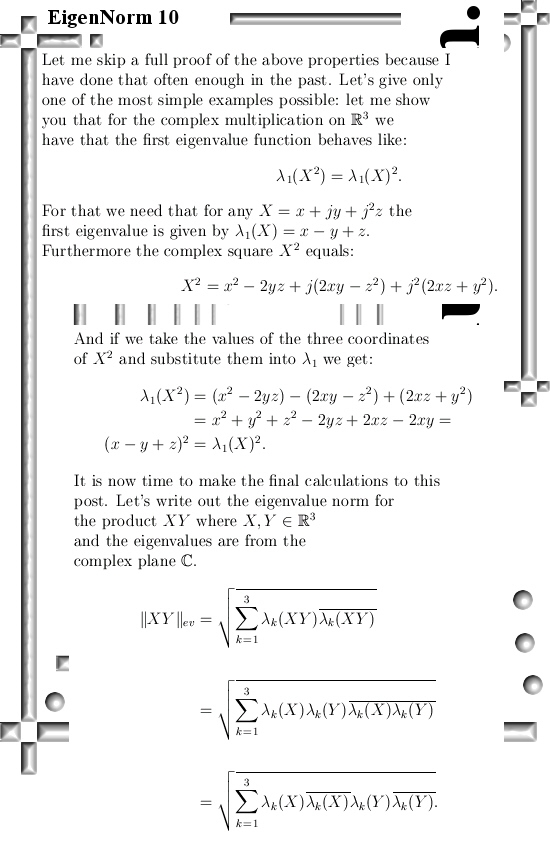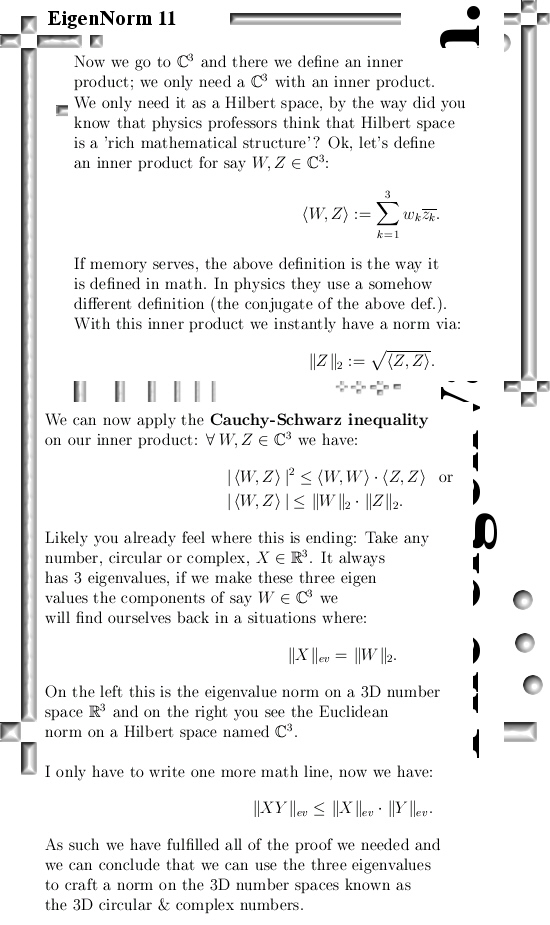About a week ago I started investigating how you could craft a Fourier series using the coordinate functions of the 4D exponential curve. The usual way the series of Joseph Fournier are done is with the sine and cosine that are also the building blocks of the exponential circle on the complex plane. So I needed to look up my own work on the 4D complex numbers because in the beginning of 2019 I stopped writing posts about them and after such a long time not every detail is fresh in your brain of course.
Anyway I did a Google search on 4D complex numbers and to my surprise this website popped up above where the quaternions were ranked. I was ranked number one. That was a great victory of course, it means that people are actually reading this stuff… In one of the screen shots below you see the quaternions once more topping my 4D complex numbers but from day to day it seems that Google is shuffeling the top results a bit so the search results look a bit more dynamic on a day to day basis.
This year I didn’t look at the search engine stuff at all, we still have that corona stuff going on and beside that why look at such boring stuff if I can do math instead? But I could not resist and went to the Microsoft Bing search engine. For years they never ranked this website on page 1 if you searched for ‘3D complex numbers’. But all those years if you looked into the picture search of the Bing search engine a giant fraction of the pictures was from this website. That was very strange, how can you return so much pictures from my website while never mentioning me at any significant position in the rankings of the html files? Ok ok most people say Bing is an inferior search engine compared to the Google search engine and as such not many people use the bing thing.
So once more and for the first time in this year 2020 I searched for ‘3D complex numbers’ on the Microsoft search engine. To my surprise instead of being burried down deep on say page 10, at Microsoft they had seen the light. Here is a screen shot:

In the next screen shot you see the html listing of Google when you search for 4D complex numbers. Today when I made the screen shot I was not ranked at no 1 but for some strange reason that did not make me cry like a baby in distress.

And the last screen shot is about the Google thing for pictures when you search for four dimensional complex numbers. Luckily there is no competition but does that mean the rest of humanity is stupid as hell?
Of course not, it only means no one is interested in crafting 4D complex numbers for themselves. Professional math professors don’t want to talk about 4D complex numbers in public, so why are my internet search engine rankings that high? It might be that it is read by non math professors and that more or less explains the high rankings…

Ok, it is now 22 June and I finally wrote down what the new way of Fourier series is using the 4D exponential curve. Writing of the next post is almost finsihed and I think I am going to do it just like Joseph Fourier did. That is without any proof at al for the most important things…
Anyway, in the nexgt picture you see the Fourier series in a 4D style:
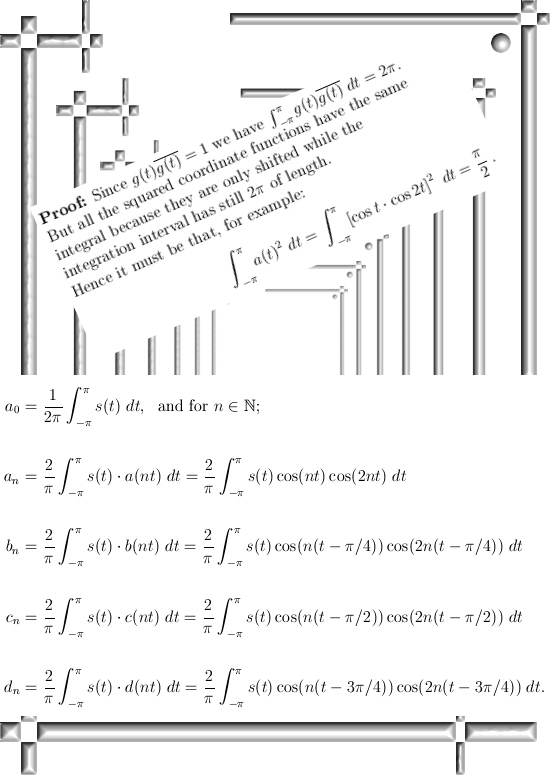
It could ber handy to look at the end of an old post from 01 Nov 2019, there I show you how you can use the modified Dirichlet kernels for finding parametrizations of the exponential circles & curves in 2, 3 and 4 dimensions. If it is possible to craft a 4D Fourier series (again this is only postulated so there is no proof at this date) you surely must try to understand the 4D modified Diriclet kernel…
Here is the link:
End of this post, till updates my dear reader.
